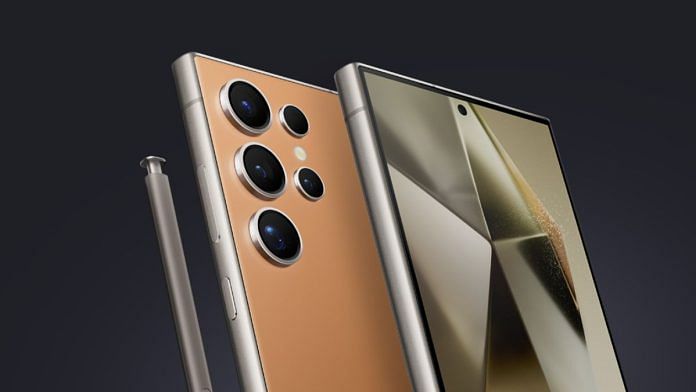Blending traditional media and cutting-edge AI tech, Samsung launched an interactive, voice-led print advertisement for its flagship Galaxy S25 Ultra.
Sounds fun and interactive, but it probably didn’t land where it may have been intended to by the brand or the makers. The front page jacket ad on 3 July edition of the Times of India newspaper didn’t have the best placement. Set in a cluttered design, the message may have been lost on people.
The campaign, conceptualised by Cheil India, was designed to showcase the power of Galaxy AI by turning a static newspaper ad into an immersive storytelling experience.
Readers could scan a QR code in the print ad, enter a virtual space, and navigate the story using just their voice—no tapping or typing needed.
The interaction was powered by the AI capabilities of Galaxy AI and Google Gemini, including the conversational Gemini Live feature.
The goal was clear: highlight how AI can enhance everyday experiences, even through familiar mediums like print.
But despite its technical ambition, the execution can be questioned.
To begin with, the QR code, which was basically the gateway to the experience, was poorly placed, tucked away in the bottom corner. One could easily miss it.
“QR codes aren’t novel anymore,” said Suyash Khabya, Chief Creative Officer at The Womb, a Mumbai-based ad agency.
“They’re slapped onto everything, and most people only scan them when there’s a compelling reason like a discount or a really intriguing hook.”
Coinbase, a cryptocurrency exchange, also did a ‘QR code’ commercial during Super Bowl 2022.
The 30-second ad featured a colourful QR code floating around the screen, similar to a bouncing DVD logo.
The QR code directed the audience to a link offering $15 in Bitcoin if they signed up for a Coinbase account before 15 February.
The demand was such that the app, reportedly, crashed for about an hour.
Beyond the design flaw, Khabya called out the broader trend of brands rushing to incorporate AI simply to appear current.
“Without a strong idea, it comes across as a scramble to seem relevant,” he said. “Technology should enhance an idea, not replace it.”
Also read: Center Fruit’s ‘Laplapalap’ has a new voice. It’s coming from a Paytm soundbox
Demographic mismatch
The campaign also overlooked a key demographic mismatch.
The print ad appeared in The Times of India, a newspaper largely consumed by an older audience, many of whom may not engage with a QR code or an AI-driven activation.
On the other hand, the younger, tech-savvy audience that might appreciate the concept isn’t typically reading the morning paper.
In merging AI innovation with traditional media, Samsung may have faltered on execution and strategy.
Credits:
Brand: Samsung Galaxy
Creative Agency: Cheil India
Creative team: Nitesh Shah, Hitesh Razdan, Shinijini Banerjee, Deepak Kumar, Anjani Kashyap, Akriti Bahl, Aryav, Avinash Jha, Ankit Kumar
Planning & Strategy Team: Kunal Ghosh & Shruti Chauhan
Film Producer: Revati Ahuja
Views are personal.
(Edited by Ratan Priya)




